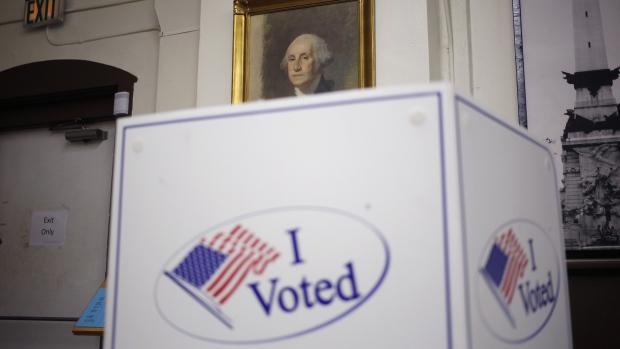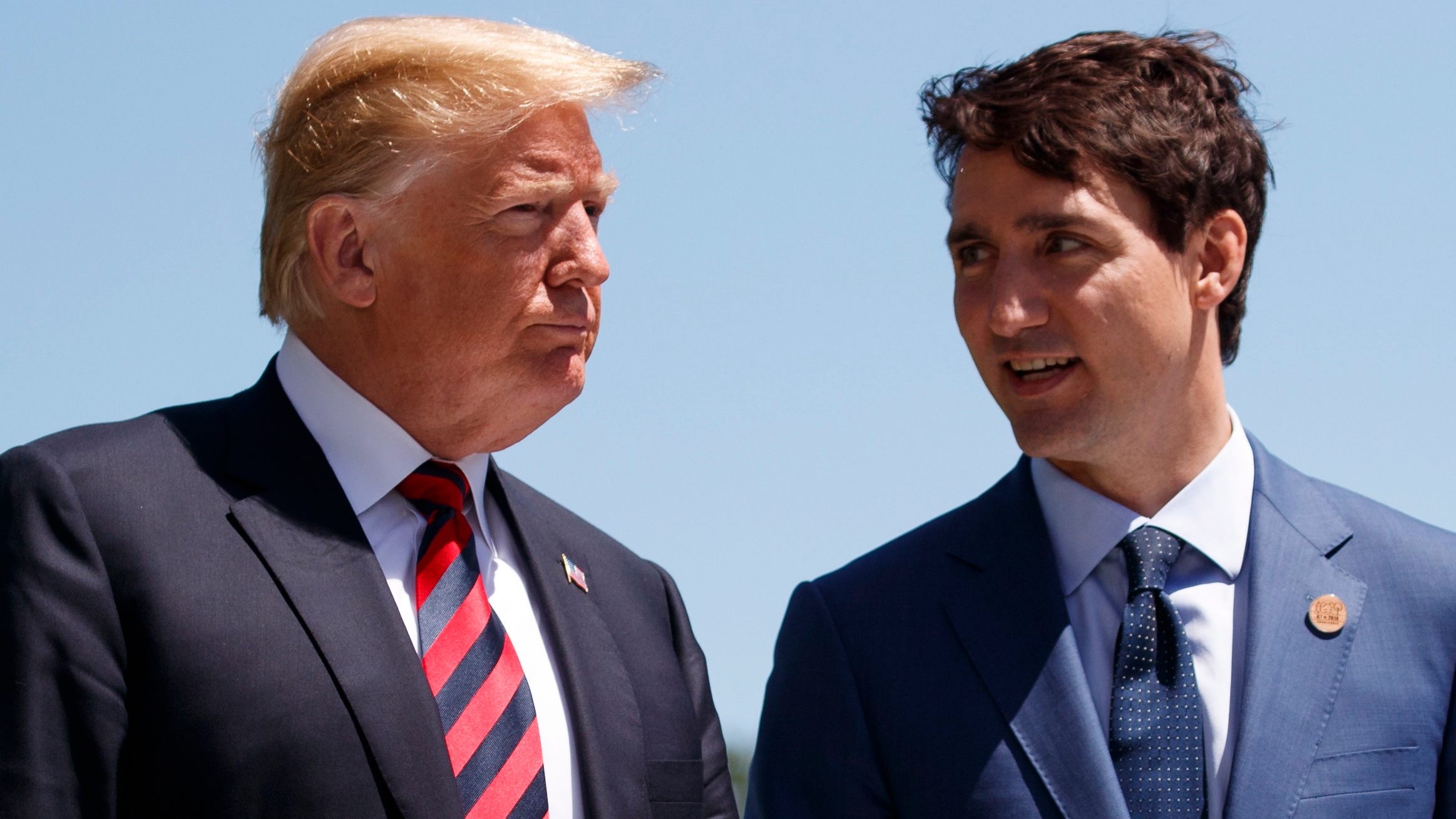Nov 7, 2018
Traders betting on a more cooperative Trump post-midterms
, Bloomberg News

Time for the art of the deal, with Democrats and China alike?
Even as most polls called the election outcome -- a divided Congress and potential legislative gridlock -- the market leaders during November’s bounce-back hinted at lofty expectations. Investors appear bullish on trade and fiscal policy under U.S. President Donald Trump and the new partisan regime.
The Global X U.S. Infrastructure Development exchange-traded fund (ticker PAVE) gained 4.6 per cent in the first four sessions of the month, far outpacing the S&P 500’s 1.6 per cent advance.
A basket of stocks selected by Morgan Stanley as the most likely to outperform if Trump won the presidency has surged 5.5 per cent this month, right when his legislative agenda will need more support from across the aisle.
WEIGH IN

Do you think Canada-U.S. relations will be better or worse after the midterms?
In fact, by rallying 9.1 per cent in the six days though election day Tuesday, the long-Trump basket has seen its largest advance since the president’s November 2016 win.
Still, some on Wall Street are quick to throw cold water on the notion of a new era of bipartisanship.
“A divided Congress is unlikely to enact a major infrastructure program, in our view,” writes Goldman Sachs economist Alec Phillips. “While President Trump and congressional Democrats have both supported infrastructure programs, the details differ substantially and, more importantly, Democrats might not be motivated to reach an agreement with the White House prior to the 2020 presidential election.”
And can co-operation go global? Companies with outsized exposure to China have also helped fuel the rebound in American stocks, rising 3.7 per cent in November.
This comes with a big caveat: Trump’s more limited room for maneuver domestically may spur the commander-in-chief to focus on international affairs by intensifying the trade war. After all this “is an area where Trump doesn’t need congressional approval -- which means in the absence of any policy-making room in the fiscal space, he could potentially double down on the trade rhetoric (there is not much else he can do),” writes Rishi Mishra, fixed income analyst at Futures First.
For now, signs that traders expect America’s clash over commerce with China to roil foreign exchange are conspicuous by their omission. The offshore yuan was little changed relative to the U.S. dollar as the results of the vote came in. Moreover, the one-month implied volatility of the cross, which encompasses the upcoming G20 summit in Argentina at which Presidents Trump and Xi are slated to talk trade, has likewise moderated.
Even fears regarding Congressional scrutiny of technology companies seem to have evaporated overnight. In pre-market trading, two of the biggest ETF gains came from leveraged technology funds. The Direxion Daily Technology 3X ETF rallied 5.9 per cent before the U.S. market open, while the ProShares Ultra QQQ ETF advanced 4.8 per cent.
Of course, some of these downtrodden stocks may have been been so oversold that they were due for a bounce. But it’s intriguing that these segments became market leaders at the same time as this major event risk loomed.









